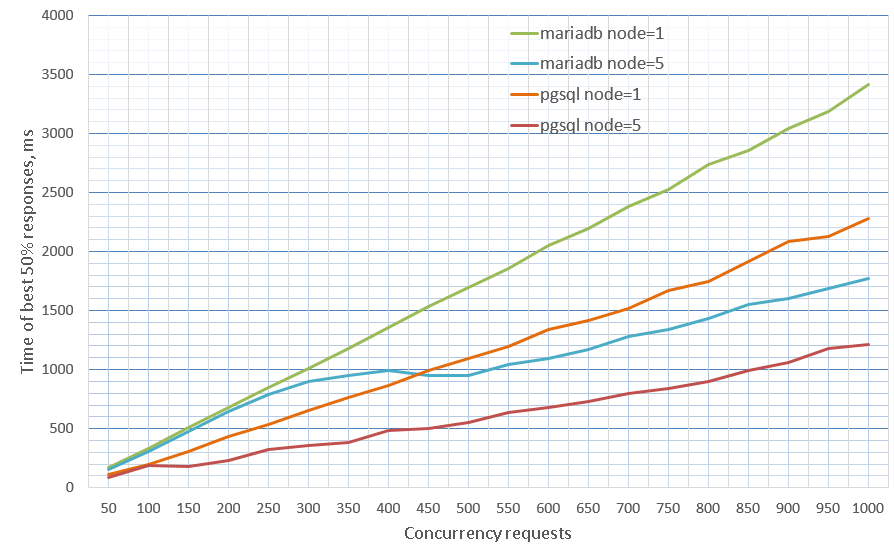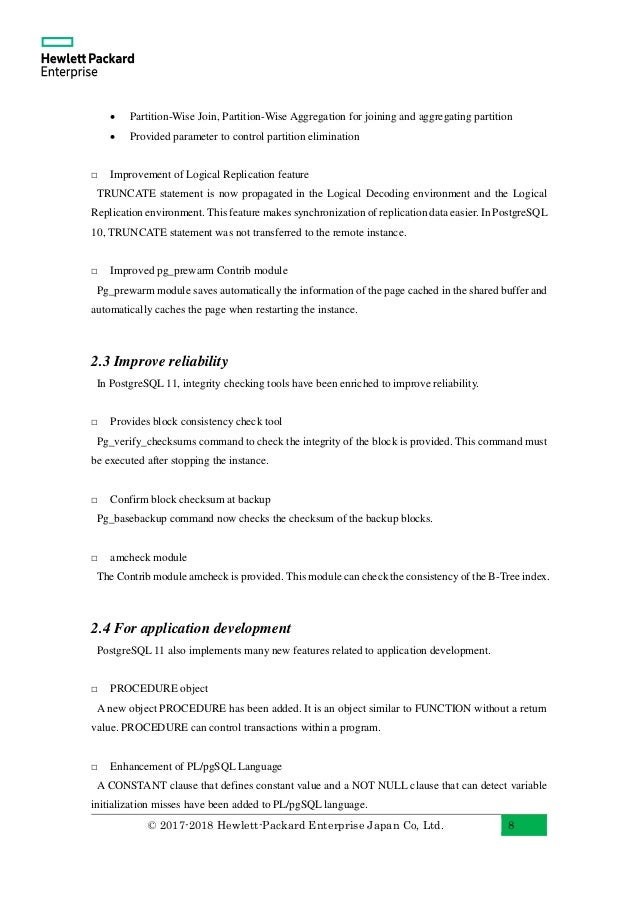

The impact can be significant as foreign key reference and joins will trigger primary key lookup, which account for vast majority of queries.Ī theoretical downside of clustered index is that it requires twice as many tree node traversal when you query with a secondary index, as you first scan over the secondary index, then walk through the clustered index, which is also a tree.īut given a modern convention to have an auto-increment integer as a primary key¹ - it’s called a surrogate key - it is almost always desirable to have a clustered index. With a clustered index, when you look up a record by the primary key, a single I/O will retrieve the entire row, whereas non-clustered always require at least two I/Os by following the reference. A (non-clustered) heap is a regular table structure filled with data rows separately from indexes. Clustered Index vs Heap TableĪ clustered index is a table structure where rows are directly embedded inside the B-tree structure of its primary key. Probably less than 0.1% out of all apps will ever reach beyond that scale, but it’s something to keep in mind. That is, say if you run a Rails app on 30 servers, where each has 16 CPU cores and 32 Unicorn workers, you have 960 connections. Make this overhead less significant, if not negligible, but still.)Įven though copy-on-write saves some of the shared, immutable memory state with the parent process, the basic overhead of being a process-based architecture is taxing when you have 1,000+ concurrent connections, and it can be one of the most important factors for capacity planning. (Of course, thread-local sort buffers, etc. The memory pressure is bigger compared to MySQL’s thread-per-connection model, where the default stack size of a thread is at 256KB on 64-bit platforms. Postgres has a solid history of working governance and collaborative community.Īrchitectural fundamentals don’t change often, and it’s worth revisiting as those aren’t discussed much in detail these days.Īs Postgres forks off a child process to establish a connection, it can take up to 10 MB per connection. In fact, the development accelerated after the acquisition. Everyone feared when Oracle (or originally, SUN) bought MySQL, that they would ruin the product, but that hasn’t been the case so far for the past ten years. Postgres has had limited high-end options, but that will change with new features introduced with the latest version. As well as storage engines other than InnoDB, but that can also be overwhelming and confusing.

MySQL has a vigorous ecosystem with variants such as MariaDB, Percona, Galera, etc. Now, we are left with a question - what are the reasons to pick one over the other, then?Įcosystem is one of those factors.

In terms of features, both databases are now on par with each other. Truncating a stale partition in a huge time-series event table is much easier, too.
#POSTGRESQL 10 VS 11 UPGRADE#
But now with logical replication, zero downtime upgrade is possible by creating a replica with a newer version of Postgres and switching over to it. Lack of configuration flexibility with replication on PostgreSQL was the reason why Uber switched to MySQL. But now, traversing an employees table recursively with a reference to the boss_id in the same table, or finding a median value (or 50% percentile) in a sorted result are no longer a problem on MySQL. But not anymore.Ĭommon Table Expressions (CTEs) and window functions have been the main reason to choose PostgreSQL. It used to be easy to say that MySQL works best for online transactions, and PostgreSQL works best for analytical processes.


 0 kommentar(er)
0 kommentar(er)
